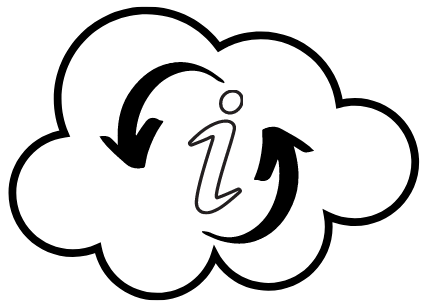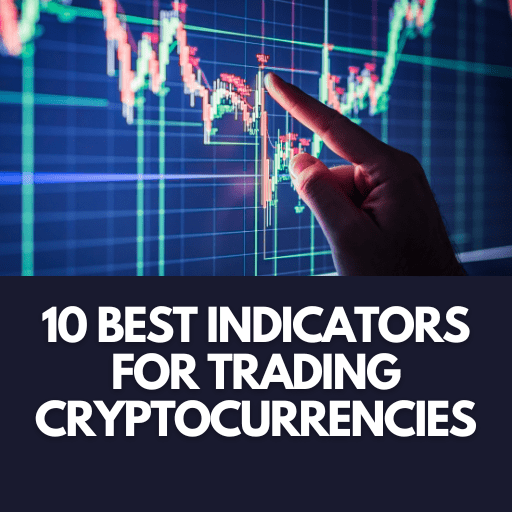- Moving Average (MA)
- Relative Strength Index (RSI)
- Bollinger Bands (BB)
- Moving Average Convergence Divergence (MACD)
- Fibonacci Retracement
- Volume
- Ichimoku Cloud
- Stochastic Oscillator
- Average True Range (ATR)
- On-Balance Volume (OBV)
Trading cryptocurrencies can be a highly profitable venture, but it requires a comprehensive understanding of market dynamics and the ability to analyze price movements effectively. To assist you in making informed trading decisions, we have compiled a list of the ten best indicators for trading cryptocurrencies in 2023. These indicators can provide valuable insights into market trends, volatility, and potential entry or exit points, ultimately enhancing your trading strategies.
Table of Contents
Moving Average (MA)
Moving averages are widely used indicators that help identify trends and potential reversal points in the cryptocurrency market. There are two main types: Simple Moving Average (SMA) and Exponential Moving Average (EMA). SMA calculates the average price over a specific period, while EMA gives more weight to recent prices. By combining different MA timeframes, such as 50-day and 200-day moving averages, traders can receive stronger signals for potential buy or sell opportunities.
Relative Strength Index (RSI)
The Relative Strength Index is a momentum oscillator that measures the speed and change of price movements. RSI readings range from 0 to 100, with values above 70 indicating an overbought condition and values below 30 indicating an oversold condition. Traders often use RSI to identify potential trend reversals and to gauge the overall strength of a cryptocurrency’s price movement.
Read more
Cryptocurrency Investment Strategies for Maximizing Returns
Bollinger Bands (BB)
Bollinger Bands consist of three lines: a simple moving average (usually 20 periods) in the middle, and an upper and lower band that are calculated based on standard deviations from the moving average. These bands provide a visual representation of price volatility. When the price reaches the upper band, it may be a signal to sell, and when it reaches the lower band, it may present an opportunity to buy. Breakouts from the bands can indicate potential trend reversals or continuation.
Moving Average Convergence Divergence (MACD)
The MACD is a trend-following momentum indicator that shows the relationship between two moving averages. It consists of two lines: the MACD line and the signal line. When the MACD line crosses above the signal line, it generates a bullish signal, and when it crosses below the signal line, it generates a bearish signal. Traders use MACD to identify trend reversals, bullish or bearish crossovers, and potential entry or exit points.
Fibonacci Retracement
Fibonacci retracement levels are based on mathematical ratios and help identify potential support and resistance zones in the cryptocurrency market. Traders use Fibonacci retracement to identify possible price reversals after a significant move. The key Fibonacci levels include 23.6%, 38.2%, 50%, 61.8%, and 78.6%. These levels act as potential areas where the price may bounce or reverse.
Volume
Volume is a crucial indicator that measures the number of shares or contracts traded within a specific time period. Analyzing trading volume can confirm price movements and indicate market strength. Higher volume during price breakouts often validates the trend, as it suggests a higher level of market participation and conviction. Low volume during price movements may suggest a lack of interest or weaker price action.
Ichimoku Cloud
The Ichimoku Cloud is a comprehensive indicator that provides a holistic view of price momentum, support, and resistance levels. It consists of several components, including the cloud (also known as the Kumo), the Tenkan-sen (conversion line), the Kijun-sen (baseline), and the Chikou Span (lagging line). The cloud helps categorize the market environment, indicating potential trend continuations or reversals. When the price is above the cloud, it suggests a bullish trend, while a price below the cloud indicates a bearish trend. The Tenkan-sen and Kijun-sen lines provide insights into short-term and medium-term price momentum, respectively. The Chikou Span line confirms the strength of the trend by plotting the closing price of the current period relative to the past. Traders use the Ichimoku Cloud to identify potential support and resistance levels, trend direction, and potential entry or exit points.
Read more
5 Things to Consider Before Investing in Cryptocurrency
Stochastic Oscillator
The Stochastic Oscillator is a momentum indicator that compares the closing price of a cryptocurrency to its price range over a specific period. It consists of two lines: the %K line and the %D line. The %K line measures the current closing price relative to the price range, while the %D line is a moving average of the %K line. The Stochastic Oscillator helps identify overbought or oversold conditions in the market. Values above 80 indicate overbought conditions, while values below 20 suggest oversold conditions. Traders use the Stochastic Oscillator to identify potential trend reversals and generate buy or sell signals.
Average True Range (ATR)
The Average True Range is a volatility indicator that measures the average range between the high and low prices over a specific period. ATR helps traders assess market volatility and set appropriate stop-loss levels. Higher ATR values indicate higher volatility, while lower values suggest lower volatility. By considering the ATR, traders can adjust their risk management strategies and determine the potential price range a cryptocurrency may experience within a given time frame.
On-Balance Volume (OBV)
The On-Balance Volume indicator combines volume and price movements to analyze buying and selling pressure in the market. OBV calculates a cumulative total based on whether the price closes higher or lower than the previous close. Rising OBV suggests buying pressure, while declining OBV indicates selling pressure. Traders use OBV to identify trends, divergences between price and volume, and potential reversals. When the OBV confirms an uptrend with increasing volume, it provides validation for a bullish move, and vice versa.
Conclusion
Using the right indicators can significantly enhance your trading strategies when dealing with cryptocurrencies. These ten indicators provide valuable insights into market trends, price movements, and potential entry or exit points. However, it’s important to remember that indicators should not be solely relied upon and should be used in conjunction with other forms of analysis and risk management techniques. By incorporating these indicators into your trading toolbox in 2023, you can increase your chances of making informed trading decisions and achieving success in the dynamic cryptocurrency market. If you have any queries regarding this please comment through the box. Don’t forget to share it with your friends & family.
Please click here to see the new post. Thank you!!!





